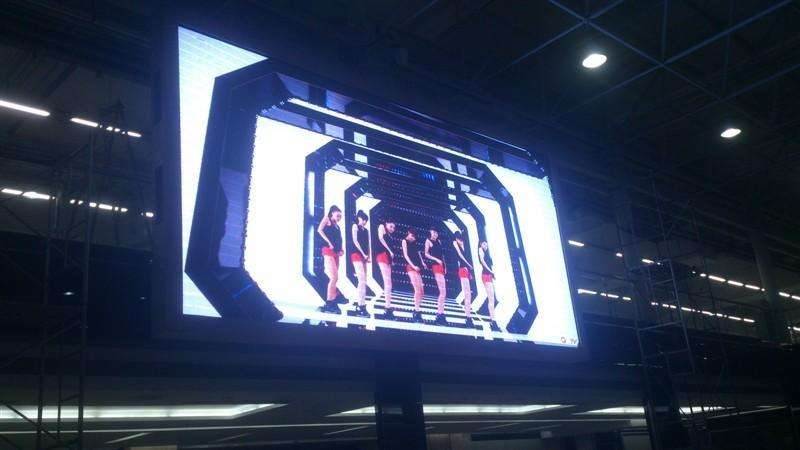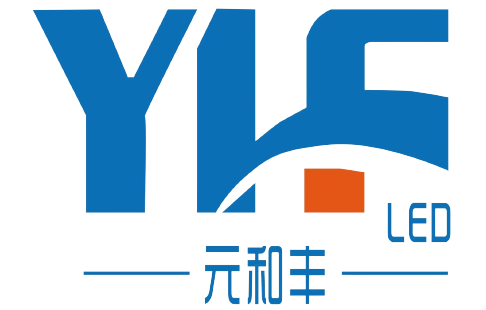TV programs are becoming increasingly vibrant, interactive, and visually impactful, with the program background playing a crucial role. In recent years, LED display screens and DLP splicing screens have emerged as the dominant choices for program backgrounds. This article explores the technical features, performance, advantages, disadvantages, and key considerations when using these two types of display screens.

1. LED Display Screens
LED, short for light-emitting diode, is a solid-state semiconductor device that directly converts electrical energy into light. LED display screens represent advanced digital information products, integrating computer technology, network communication, image processing, and embedded control technology. They offer flexible and customizable display areas and resolutions, high brightness, low power consumption, long life, and environmental durability. LED screens are commonly used in TV studios and large broadcasts, providing dynamic and vivid background images that enhance stage design and create an immersive experience for the audience.
While LED screens can deliver excellent visual results in studio settings, certain considerations must be addressed:
1. Smaller Dot Pitch: The smaller the dot pitch, the higher the resolution, allowing for closer shooting distances. TV studios often use screens with a dot pitch of 6-8 mm, but achieving a point-to-point display by matching the screen's resolution with the signal source is crucial for the best results.
2. High Fill Factor: The fill factor, or bright area ratio, should be high to ensure uniform brightness and avoid grainy or glaring images. A fill factor of at least 50% is recommended, with some studios achieving even better results with a 60% fill factor.
3. Adjustable Color Temperature: The LED screen’s color temperature should match the studio lights, which may vary between 3200K and 5600K, to ensure accurate color reproduction.
4. Appropriate Shooting Distance: The distance between the subject and the screen should be 4-10 meters to avoid graininess and interference in close-up shots.
5. Optimal Environment: LED screens must be used in a controlled environment with appropriate temperatures and minimal dust to ensure longevity and performance.
2. DLP Splicing Screens
DLP (Digital Light Processing) technology offers precise grayscale, minimal signal noise, and seamless image display, making DLP splicing screens popular for studio backgrounds in TV stations like CNN, BBC, and CCTV. These screens consist of multiple rear-projection display units, with the main advantage being their nearly seamless splicing.
Key considerations for using DLP splicing screens include:
1. Minimal Splicing Gap: The splicing gap should be as small as possible, ideally less than 0.2 mm, to ensure a seamless display on camera.
2. High Uniformity: Achieving consistent color and brightness across all screens is vital for creating a cohesive display.
3. Adjustable Color Temperature: As with LED screens, the color temperature should match the studio lighting for true-to-life color reproduction.
4. Controlled Studio Lighting: DLP screens have lower brightness, requiring careful control of studio lighting to avoid direct light on the screen while ensuring adequate lighting for subjects.
5. High-Safety Light Source: The light source should be highly reliable, with dual-lamp hot backup or redundant LED modules to prevent blackouts during live broadcasts.
6. Efficient Heat Dissipation and Noise Control: Proper cooling and noise control are essential for maintaining the screen’s performance and prolonging its lifespan.
DLP splicing screens are ideal for news, interviews, and other small to medium studio programs but are less suitable for large-scale variety shows due to their lighting requirements.
As technology advances, new display technologies will continue to be integrated into studio backgrounds. A deep understanding of these technologies and careful selection based on studio conditions and program requirements will ensure that they enhance the program's quality and audience experience.
